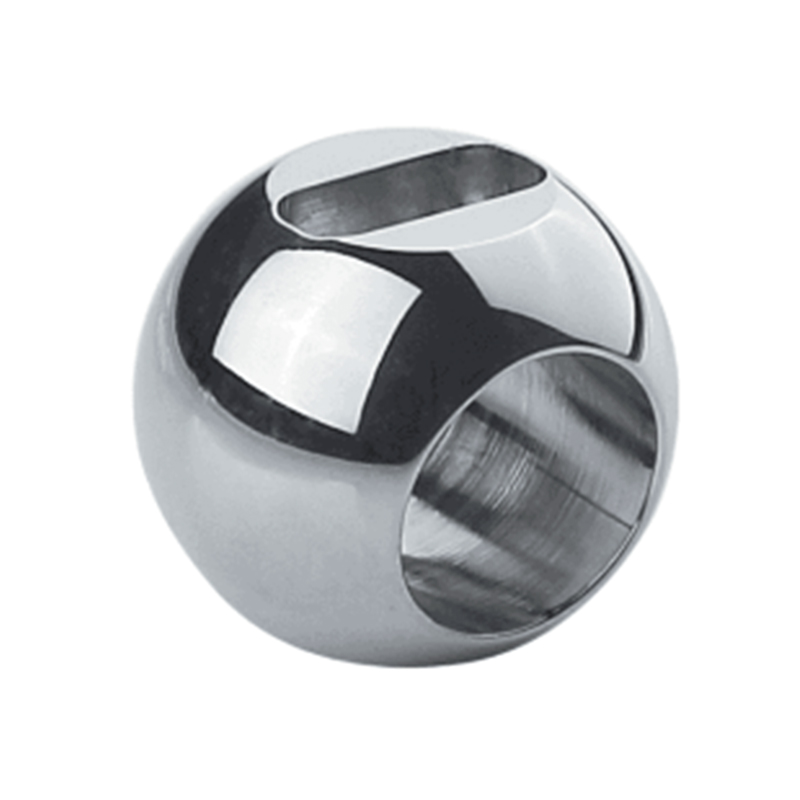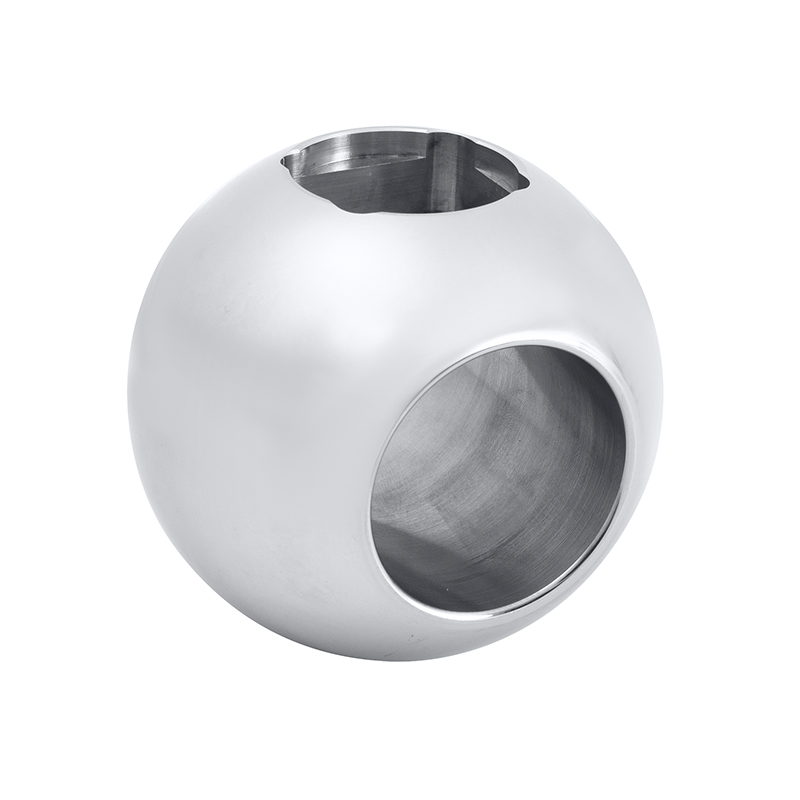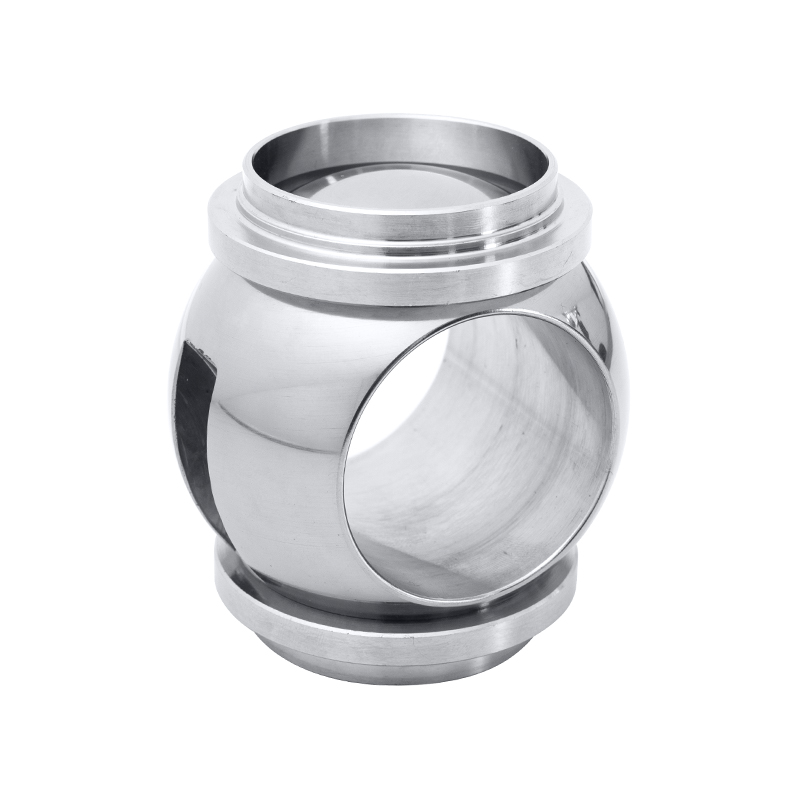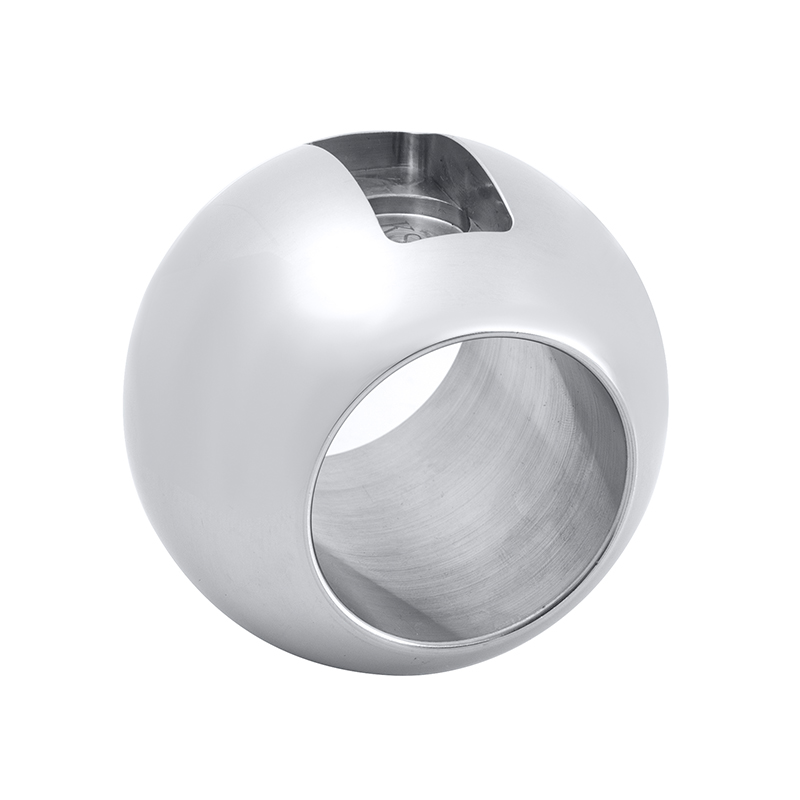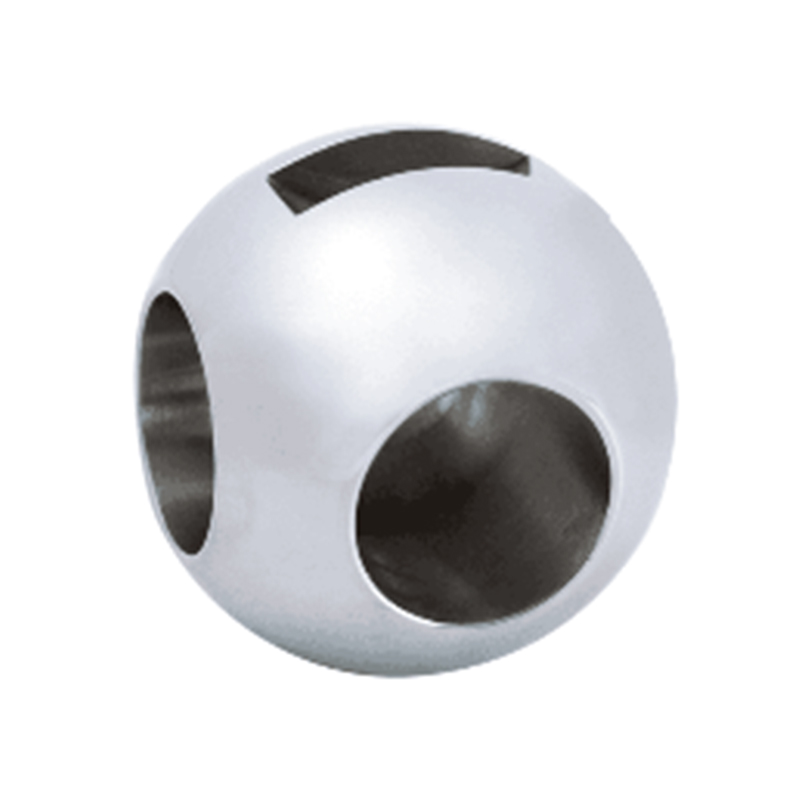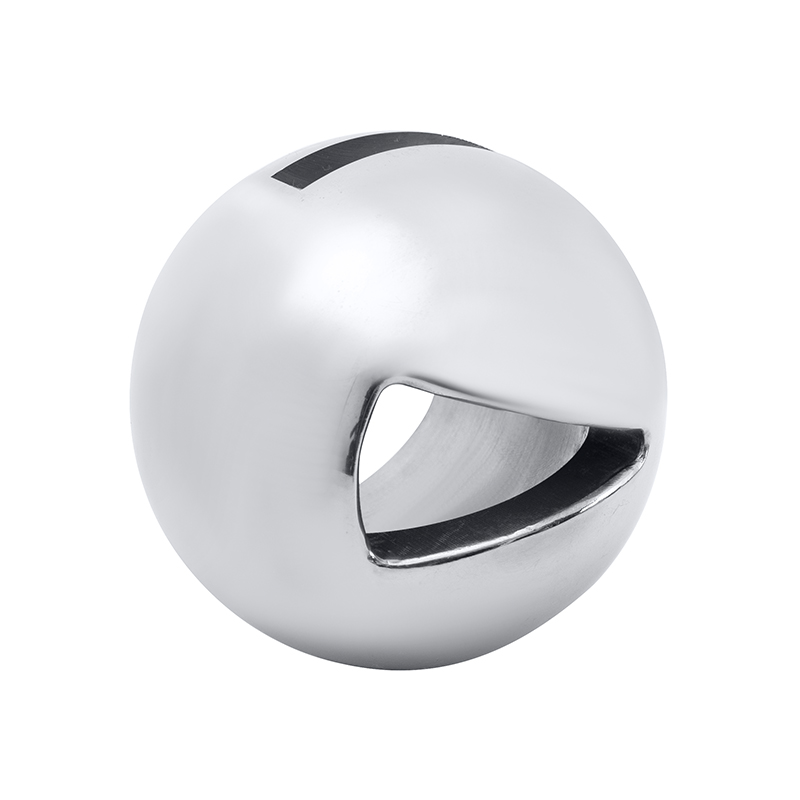Valve balls are critical components in many fluid control systems, especially in pneumatic 3 way ball valves. These valves are widely used in industries where fluid direction and flow control are essential. The ball inside the valve plays a vital role in regulating flow by rotating to open or close different flow paths. Due to repetitive operational cycles, valve balls are subjected to cyclic loading, which can advance to fatigue and eventual failure. Understanding and analyzing the stresses on valve balls under these conditions is important for improving valve reliability and lifespan.

Introduction to Pneumatic 3 Way Ball Valves
A pneumatic 3 way ball valve typically consists of a spherical ball with one or more openings that align with the valve ports to control fluid flow. Pneumatic actuation provides precise and rapid movement of the ball, enabling efficient switching between flow paths. The ball for valve components must withstand repeated mechanical forces, pressure fluctuations, and frictional contact with seals and seats.
The design and material selection of the ball for valve are crucial. It must exhibit high durability, corrosion resistance, and mechanical strength. However, due to the cyclic nature of valve operations, stress accumulation can advance to fatigue damage, making stress analysis an essential part of valve design and maintenance.
Cyclic Loading and Its Effects on Valve Balls
Cyclic loading refers to the repeated application of varying stresses over time, which is common in pneumatic valves due to continuous opening and closing operations. The valve ball experiences different types of stresses, such as:
Bending stress due tothe torque applied during rotation.
Contact stress where the ball interfaces with the valve seats.
Pressure-induced stress from fluid forces acting on the ball surface.
Over many cycles, these stresses can initiate micro-cracks on the ball surface or subsurface, eventually causing fatigue failure. Fatigue is especially challenging because it can occur at stress levels below the yield strength of the material, making early detection and prediction vital.
Common Stress Analysis Methods
To ensure valve balls can withstand cyclic loading, engineers use several stress analysis methods. These methods help in predicting the stress distribution and fatigue life of valve balls, enabling design improvements and preventive maintenance.
Finite Element Analysis (FEA)
Finite Element Analysis is a numerical method that subdivides the valve ball into small elements to simulate and calculate stress under specific load conditions. For pneumatic 3 way ball valves, FEA can model the complex interaction between the ball and valve body, including contact with seals and the effect of fluid pressure.
By applying cyclic load in the simulation, FEA helps identify stress concentration zones that are prone to fatigue. This method also allows evaluation of different materials and geometries, helping optimize the ball for valve design without physical prototypes.
Analytical Stress Calculations
Analytical approaches use mathematical formulas derived from classical mechanics to estimate stresses on the valve ball. While less detailed than FEA, these calculations provide quick insight into bending moments, torque, and contact stresses based on valve dimensions and operating parameters.
For example, the Hertzian contact stress theory is often applied to analyze the contact stresses where the ball touches the valve seat. This helps in selecting surface treatments or coatings to improve wear resistance.
Fatigue Life Prediction Models
Fatigue life prediction models combine stress analysis results with material fatigue properties to estimate the number of cycles before failure occurs. Methods such as the S-N curve approach (stress versus number of cycles) and Miner’s rule for cumulative damage are commonly used.
In pneumatic 3 way ball valves, understanding the fatigue life of the ball for valve components guides maintenance schedules and informs material choice, such as using stainless steel or hardened alloys to extend service life.
Factors Influencing Stress in Valve Balls
Several factors affect the stress experienced by the valve ball under cyclic loading:
Material properties: Yield strength, fatigue limit, and hardness directly impact the ball’s ability to resist cyclic stresses.
Valve size and design: Larger balls may experience higher bending stresses, while design features like port size and ball thickness influence stress distribution.
Operating pressure and flow: Higher fluid pressure increases pressure-induced stresses on the ball.
Actuation speed and frequency: Rapid cycling increases fatigue accumulation.
Surface finish and treatment: Rough surfaces or inadequate coatings can accelerate crack initiation.
Understanding these factors allows engineers to predict performance under realistic conditions and design more robust pneumatic 3 way ball valves.
Stress analysis of valve balls under cyclic loading is an essential process to enhance the durability and reliability of pneumatic 3 way ball valves. The ball for valve components must withstand complex mechanical and pressure-induced stresses repeatedly throughout their operational life. Methods such as Finite Element Analysis, analytical calculations, and fatigue life prediction models are widely used to evaluate and mitigate stress effects.
By integrating these stress analysis methods into valve design and maintenance, manufacturers and users can ensure safer, more reliable valve operation, reduce downtime, and improve overall system efficiency.

 English
English Español
Español Deutsch
Deutsch
